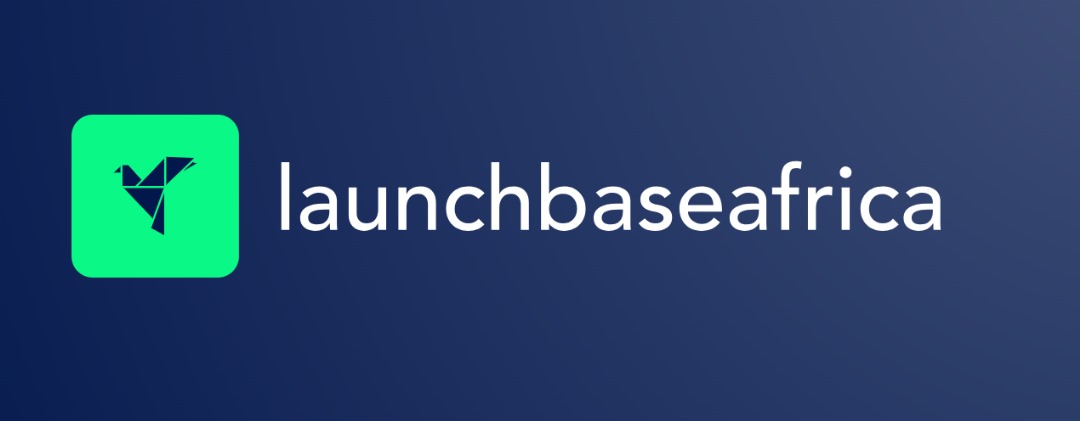In a move that signals a step-change in how money moves across borders, top fintech firms in Africa, Flutterwave, YellowCard, and Onafriq, have joined Circle’s newly launched $100 billion stablecoin infrastructure, the Circle Payments Network (CPN). Their participation marks a pivotal moment for African financial services, aligning the continent’s leading fintechs with a global payments project that blends blockchain efficiencies with institutional-grade compliance.
Backed by the issuer of USDC and EURC, two of the world’s most widely used regulated stablecoins, Circle’s network is designed to tackle the cost, speed, and friction of cross-border payments — issues long entrenched in the African financial landscape. With 28 financial institutions already onboard, CPN offers programmable, always-on payments that Circle says will eventually “make money movement as seamless as sending an email.”
What is the Circle Payments Network?
Launched on April 21, CPN enables institutions to settle international transactions using stablecoins in near real-time, leveraging a hybrid infrastructure that connects blockchain with traditional finance. Initially, transactions are initiated off-chain, with Circle verifying and settling them on-chain through USDC or EURC transfers. Over time, the system will shift toward a fully on-chain model powered by smart contracts, allowing for automation, real-time foreign exchange, and eventually programmable “undo” options for misdirected payments.
Circle will act as the transaction operator, enforcing compliance protocols like KYC and AML checks while also maintaining interoperability between participating financial institutions.
Notably, the network has attracted major partners like Deutsche Bank, Banco Santander, Société Générale, and Standard Chartered — alongside regional players such as Coins.ph in Southeast Asia and BCB Group in Europe. For Africa, Flutterwave, YellowCard, and Onafriq are among the early adopters aiming to use the system to streamline cross-border remittances and B2B settlements.
Why Does It Matter for African Fintech?
Africa remains one of the most expensive regions in the world to send and receive money, with remittance fees averaging nearly 8% — far above the UN Sustainable Development Goal target of 3%. Moreover, traditional settlement infrastructure across African markets is fragmented, often reliant on correspondent banking networks that are costly, opaque, and slow.
By joining CPN, African fintechs stand to offer cheaper, faster, and more transparent cross-border payment options. “We’ve seen project launches in the past that fizzled out after just the announcements. But what we’re picking up from Circle feels like a strong indication of something big on the horizon,’’ an industry insider shared with Launch Base Africa. “It seems like stablecoins might finally be gearing up to provide real financial utility on a large scale. It’s exciting to see Africa included in this initial wave, even though there are still some regulatory grey areas to navigate for broader implementation.”
Flutterwave, Africa’s most valuable startup, stated that the integration will allow it to “offer faster, cheaper, and compliant cross-border payments.” YellowCard, which operates across 16 countries, sees the network as a natural extension of its existing USDC offering, particularly in markets with weak local currencies and strong demand for dollar exposure.
The arrival of global infrastructure like CPN raises strategic questions for local blockchain payment providers. Companies such as Nigeria’s Zone or South Africa’s Stitch, which have developed blockchain rails for regulated intra-African payments, may find themselves squeezed as multinationals like Circle build bridges with better funding, more partners, and wider reach.
Still, the game is far from over. Regulators in several African countries are exploring their own digital currency frameworks. Kenya’s recent partnership with Canada’s DeFi Technologies to launch a tokenised asset exchange — Kenya Digital Exchange (KDX) — underscores national interest in maintaining sovereignty over digital infrastructure.
While Circle’s current implementation is institution-facing, the longer-term vision of programmable finance — automated payroll, on-chain treasury, and smart contract-based FX — could eventually trickle down to the consumer level. That may not only disrupt legacy banking models but also create new rails for intra-African trade and savings.
Though built on blockchain, CPN is not fully decentralised. Circle remains the central operator, and its stablecoins are fiat-backed and regulated — features that appeal to institutional users but may limit appeal for the crypto-native crowd seeking permissionless finance.
However, the architecture strikes a practical balance. By starting with a hybrid model, Circle gains early adoption while setting the stage for a more decentralised phase where smart contracts handle most functions autonomously. This pragmatic roadmap may be more digestible for regulators wary of unfettered crypto systems.
Outlook
CPN’s rollout, expected to enter a limited-access phase in May 2025, comes amid increasing institutional interest in blockchain-based finance. Circle and its peers — including Coinbase and Paxos — are reportedly pursuing banking licenses in the US, underscoring the convergence of traditional and digital finance.
For African fintechs, the decision to plug into CPN isn’t just about speed or cost. It’s a strategic alignment with a maturing ecosystem of regulated blockchain-based infrastructure — an arena where they now compete not just as regional players, but as early movers on a global stage.
As fintech innovation increasingly turns toward programmable money and real-time global liquidity, participation in networks like CPN could define which African companies remain relevant over the next decade.


